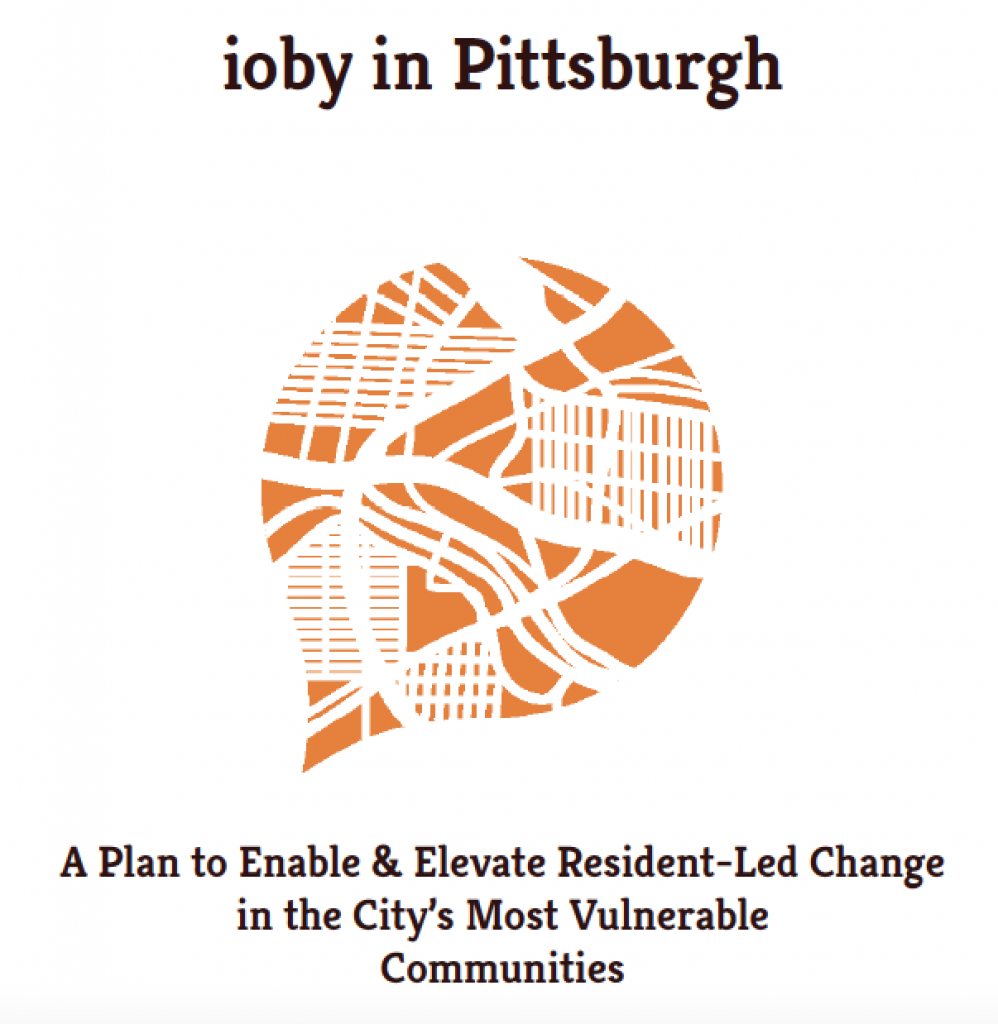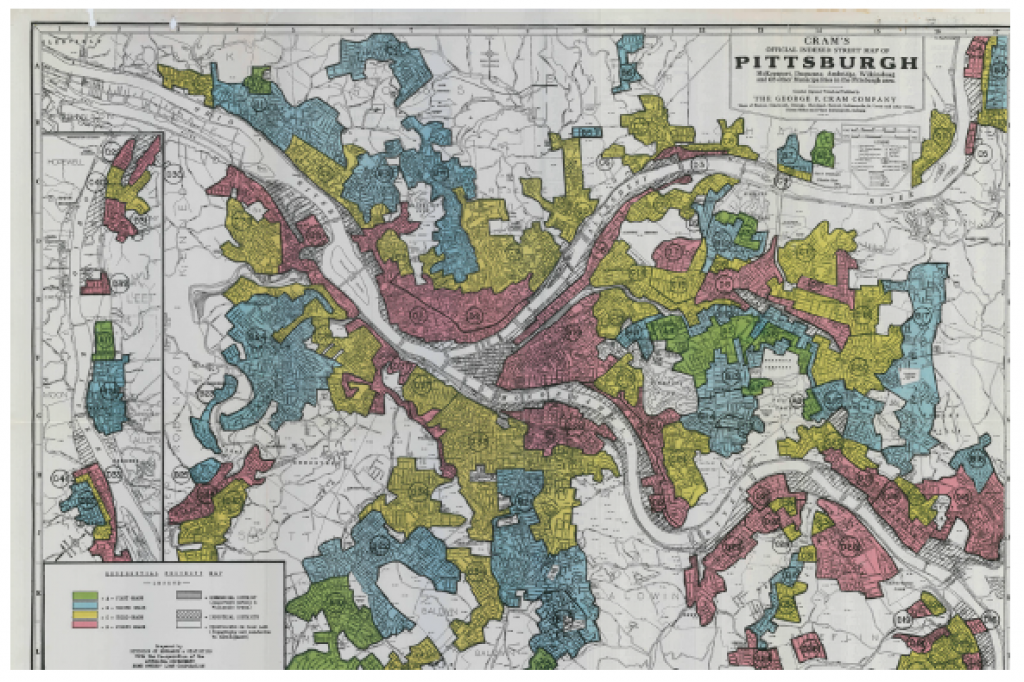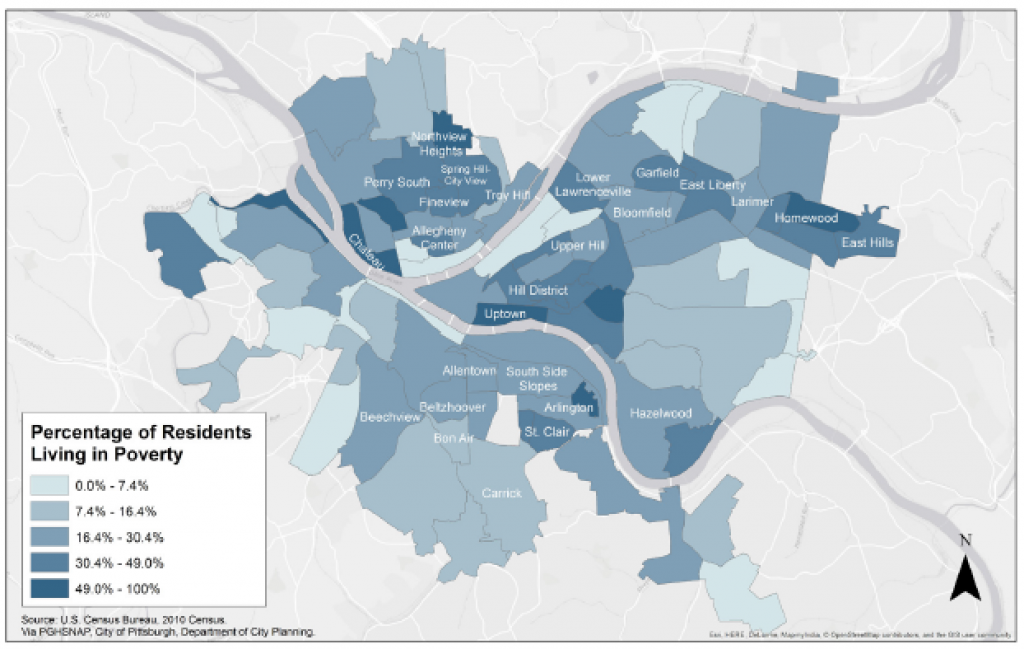We suspect a very small number of people are reading this right now. If you are, you probably live in a city where ioby has an on-the-ground staff person or you are likely one of ioby’s peer organizations who have over the years asked if we would release all our “Phase 0” reports publicly. So, we went back to all the people who we interviewed to produce these reports, and asked their permission to include their quotes in these now publicly available documents.
What is Phase 0?
Our Phase 0 research is designed to help us understand if ioby’s unique structure as a mission-driven nonprofit crowdfunding platform with wrap-around services like fiscal sponsorship, implementation support and on-the-ground organizers — can support grassroots work a particular city. Before we begin a Phase 0, we make sure that a city meets our minimum requirements for fit, which are:
- History of neighborhood disinvestment (things like redlining, long-term population loss, mid-century urban renewal projects that resulted in social upheaval, or concentrations of high structural unemployment);
- People of color make up more than a third of the population;
- City leaders—in government, philanthropy and the social sector—are interested in taking an innovative approach to supporting community-led and place-based projects;
- City leaders value authentic civic engagement, and are interested in building leadership capacity within communities;
- City leaders are interested in achieving and measuring social, economic and public health outcomes as components of a long-term vision for sustainability; We are particularly interested in working with cities that have stated goals of fighting public health epidemics , strengthening sharing economies, and promoting social and environmental justice.
[A 1937 Home Owners’ Loan Corporation (HOLC) map of the Pittsburgh metropolitan region. The areas shaded in red are “fourth grade,” or “red-lined,” indicating to lenders that mortgages written for homes in these areas are hazardous and should be avoided.]
Once we know that a city meets these criteria, we use research and interviews to find if a city has our eight primary predictors of success (more on what we look for is in this previous blog post). We talk to leaders from the public sector, community-based organizations, citywide technical assistance providers, block clubs and unincorporated groups, among others. Basically, we’re trying to determine whether ioby’s services will be useful to residents in the context of their civic landscape, and how we can craft an approach that supports and amplifies, rather than duplicates or undermines, grassroots efforts that are already on the ground.
A process of learning
The research is conducted by ioby staff, based in Brooklyn, NY, and typically takes at least six months. One of the most humbling things about this research is how the reports barely scrape the surface of understanding what is truly happening at the neighborhood level. For example, one of our predictors has to do with attachment, which we can see indicated in many ways. One way is through expressions of “neighborhood pride.” In cities where there has been rapid population loss and gentrification, neighborhoods quickly go through name changes, and it’s hard to see attachment to place, when the very ‘place’ we refer to is being re-negotiated by long-time residents and newer residents.
[Above: Percentage or residents in Pittsburgh living in poverty, by census tract. Below: Percentage of charitable giving by income in Pittsburgh.]
After finishing five Phase 0 reports, it’s interesting to compare cities and see patterns, like the correlation between low-income residents and high rates of personal giving. After having worked in several cities for awhile now, it’s also interesting to go deeper on comparisons that might stop at the surface, for example, drawing similarities between two predominantly Black cities with high rates of vacancy in the urban core — like Detroit and Cleveland — fails to acknowledge the way social structures make two such cities very different.
The reports (PDFs)
(We conducted Memphis Phase 0, but a lot less formally, and it was never written up.)
Phase 0 has been, for us, a crucial process of learning that has informed how we move forward in different cities. Our Phase 0 research in Detroit, Cleveland, and Pittsburgh led directly to our hiring local Action Strategists in those cities, and we are working toward next steps in Akron and Washington, DC.
Please share your thoughts with us by emailing Erin Barnes, ioby’s co-founder and Executive Director, and David Weinberger, City Partnerships Director, at erin@ioby.org and david@ioby.org.



